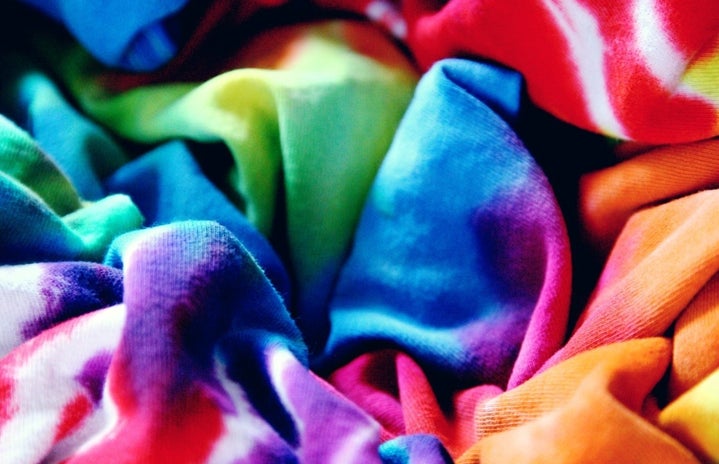India is literally a land of diversity. Be it religion, ethnicity or language. The Indian culture also has several color symbolisms which are widely acknowledged and practiced by the people.
Some of them have been listed below:-
NATIONAL FLAG
The National Flag of India, popularly known as tiranga is a multi coloured flag with each representing different thoughts.
At the apex is the saffron band which indicates the courage and strength of the country, the middle band is white indicating peace and truth with Ashoka Chakra in the centre, that is a depiction of the Dharmachakra. At the base is the green band which shows the fertility, growth and auspiciousness of the land.
RED
The colour red symbolizes strength, love and fertility.
Red is most commonly seen in Hindu weddings wherein the Hindu brides wear red lehenga/saree on the day of their marriage. It is not just limited to garments but other symbols as well. The red vermillion which the groom puts on the bride’s forehead is an essential element to mark the completion marriage. Generally, a newly wedded bride wears red bangles for quite sometime after her marriage. Additionally, the tika put on the forehead usually for good luck or auspicious occasion is also red in colour.
Red also has a deep association with Hindu Goddess. On one hand, when depicting Goddess Kali’s tongue it symbolizes anger, power, bloodetc; on the other hand the same red when seen with Goddess Lakshmi is representative of prosperity.
In Hindu astrology, red is associated with the planet Mars. In horoscope if Mars dominates, it is an indication of problems. According to an article by TOI, deficiency of Mars red can cause blood-related problems while the excess of red can be a cause of accidents and excessive aggression. There is also sun red which indicates loyalty.
GREEN
Green is the colour of nature and represents harvest, happiness and a new beginning.
It is associated with Islam because it was supposedly Mohammed’s favorite color. The Islamic prophet is said to have worn a green cloak and turban, and his writings are full of references to the color. (https://slate.com/news-and-politics/2009/06/why-is-the-color-green-so-important-in-the-muslim-world.html#:~:text=Why%20is%20green%20so%20prevalent,of%20references%20to%20the%20color.)
Green is also a part of the Hindu festivals such as Haryali Teej which is dedicated to Lord Shiva and Goddess Parvati and is one of the most auspicious festivals in the Hindu community, especially for women. On this day, women pray and worship Goddess Parvati for happy married life. Married women wear new clothes, preferably green sarees as it is evocative of devotion, abundance, positive energy, happiness, progress, longevity, and good health; and also apply henna on their palms.
WHITE
White represents peace and purity. It has very contradictory connotations. White, due its association with the Sattva characteristic, got related to Brahmins, the Upper Caste. While on one hand brides in the western parts of he world wear bride, in India, white is often linked with death and mourning and traditionally widows had to wear white, depriving them of any other colour and luxuries.
YELLOW
Yellow stands for knowledge and spring. It is also the colour of spring season. On the festival of Basant Panchmi or Saraswati Puja, which marks the beginning of the preparation of the spring season, people dress up in yellow clothes as it is considered to be Goddess Saraswati’s favourite colour and eat yellow rice.
These were just few of many colours that continue to be a part of the Indian culture, be it through festivals such as Holi( festival of colours) or through region such as Jaipur (the pink city), this multiplicity never ceases to amaze one.


